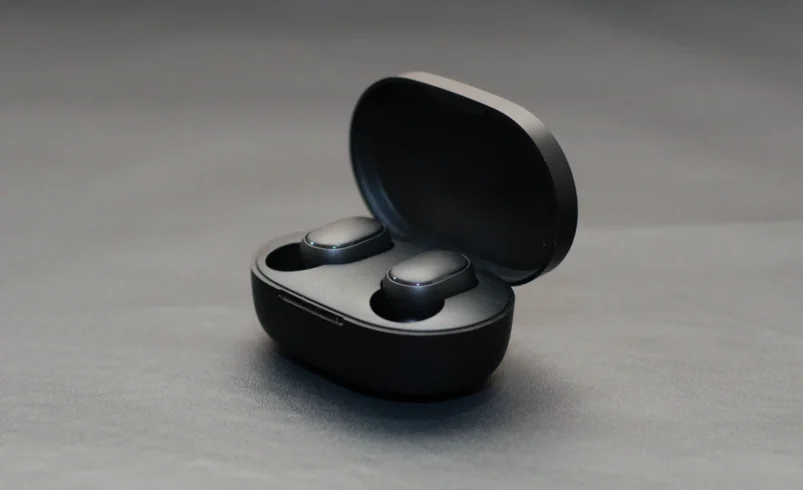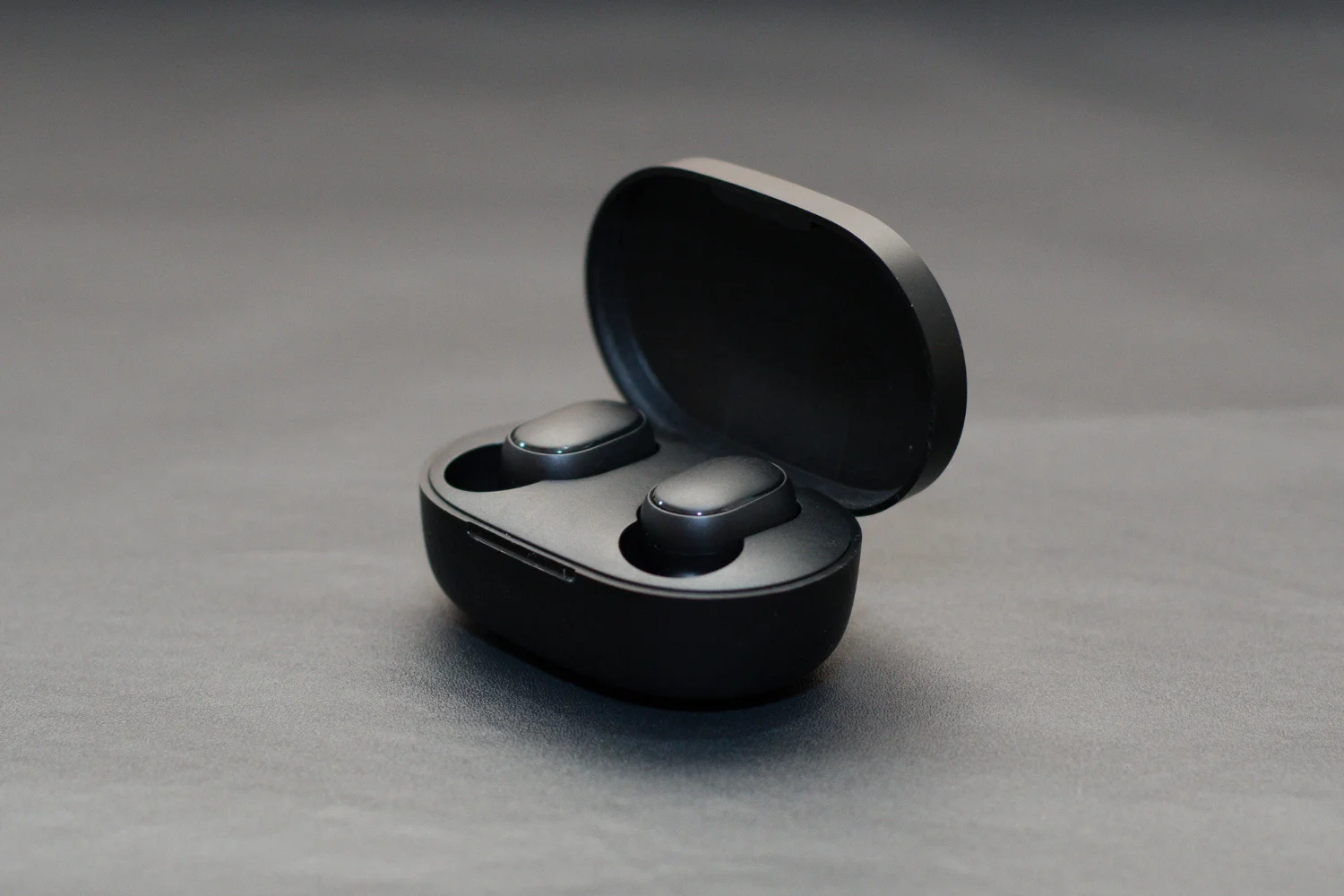Working in noisy environments can cause permanent hearing damage, making 30 decibel ear plugs for work an essential investment for your health and productivity. Whether you’re in construction, manufacturing, or any loud workplace, the right hearing protection can preserve your hearing while maintaining communication abilities.
Prolonged exposure to workplace noise above 85 decibels can result in irreversible hearing loss, tinnitus, and reduced quality of life. Modern workplaces are increasingly recognizing the importance of comprehensive hearing protection programs that go beyond mere compliance.
Understanding 30 Decibel Noise Reduction Rating (NRR)
When shopping for work ear plugs with 30dB protection, understanding the Noise Reduction Rating is crucial. A 30 NRR rating means these ear plugs can reduce ambient noise by up to 30 decibels under laboratory conditions. In real-world applications, expect about 15-25 decibels of actual noise reduction.
The effectiveness of ear plugs depends on proper fit, insertion technique, and the specific frequency characteristics of workplace noise. Higher frequency sounds are typically easier to block than low-frequency industrial noise, which is why understanding your work environment’s specific noise profile is essential.
This level of protection is ideal for construction sites (85-95 dB), manufacturing facilities (80-90 dB), warehouse operations (75-85 dB), and airport ground crew work (90-100 dB). Each environment presents unique challenges that require specific consideration when selecting appropriate hearing protection.
Best Types of 30 Decibel Ear Plugs for Professional Use
Foam Ear Plugs
Disposable foam ear plugs 30dB offer excellent noise reduction and comfort for extended wear. Made from slow-recovery foam, they expand to create a custom seal in your ear canal. Popular brands include 3M E-A-R Classic and Howard Leight MAX-1.
These plugs are manufactured from polyurethane foam that compresses easily for insertion and then slowly expands to fill the ear canal completely. The expansion process typically takes 30-60 seconds, during which the user must hold the plug in place to ensure proper sealing.
Foam ear plugs provide superior noise reduction capabilities but require proper insertion technique to achieve their rated protection level. Many workplace injuries occur due to improper fitting, making employee training essential for maximum effectiveness.
Silicone Ear Plugs
Reusable silicone ear plugs for work provide consistent 30dB protection with easy maintenance. They’re made from medical-grade silicone that resists degradation from sweat and cleaning. These plugs maintain their shape and protective properties through multiple uses, making them cost-effective for regular workers.
The medical-grade silicone material is hypoallergenic and comfortable for extended wear periods. Unlike foam alternatives, silicone plugs don’t absorb moisture or harbor bacteria when properly maintained, reducing the risk of ear infections in industrial environments.
Quality silicone ear plugs can last several months with proper care, making them an economical choice for employees who work in noisy conditions daily. The initial investment is higher, but the long-term cost per use is significantly lower than disposable alternatives.
Custom-Molded Ear Plugs
Professional-grade 30dB ear protection often comes in custom-molded options. These are created from impressions of your ear canals, providing perfect fit and maximum comfort. The custom molding process involves taking precise measurements of each individual’s ear canal shape and size.
Custom-molded plugs offer the highest level of comfort and protection because they’re designed specifically for your unique ear anatomy. This personalized approach eliminates common issues like poor fit, discomfort during extended wear, or inadequate noise reduction due to improper sealing.
The manufacturing process uses advanced materials and techniques to create plugs that maintain their shape and protective properties for years. While the initial investment is substantial, the long-term durability and superior protection make them ideal for professionals who rely on hearing protection daily.
Features to Look for in Work Ear Plugs
Corded vs. Uncorded Options
Corded ear plugs 30 decibel rating prevent loss and meet many workplace safety requirements. The cord allows for easy removal and keeps plugs accessible around your neck when not in use. Safety regulations in many industries mandate corded plugs to prevent contamination and ensure easy retrieval.
Uncorded plugs offer greater comfort and freedom of movement but require careful handling to prevent loss or contamination. The choice between corded and uncorded often depends on specific workplace requirements and personal preference.
Comfort and Fit
Look for comfortable 30dB ear plugs for long shifts with soft, hypoallergenic materials, tapered design for easy insertion, smooth surface to prevent irritation, and multiple sizes available. Comfort becomes critical during extended wear periods, as discomfort can lead to improper use or removal.
The human ear canal varies significantly in size and shape among individuals, making proper sizing essential for both comfort and protection. Many manufacturers offer variety packs with different sizes to help workers find their optimal fit.
Durability and Hygiene
Industrial ear plugs 30dB NRR should withstand demanding work environments with dirt and moisture resistance, easy cleaning capability, tear-resistant materials, and proper storage containers. Industrial environments expose hearing protection to harsh conditions that can degrade inferior products.
Proper storage systems protect ear plugs from contamination and damage when not in use. Many companies provide individual storage cases to maintain hygiene standards and extend product life.
OSHA Compliance and Workplace Safety Standards
The Occupational Safety and Health Administration requires hearing protection when noise levels exceed 85 decibels over an 8-hour workday. OSHA compliant 30dB ear plugs must meet specific standards including proper NRR labeling, individual fitting and training, regular audiometric testing, and maintenance and replacement programs.
Employers must provide workplace hearing protection 30 decibel options and ensure proper usage through training and monitoring programs. Compliance extends beyond simply providing ear plugs to include comprehensive hearing conservation programs.
Regular audiometric testing helps identify early signs of hearing loss and ensures the effectiveness of hearing protection programs. This proactive approach protects both employees and employers from potential liability issues.
Top-Rated 30 Decibel Ear Plugs for Different Industries
Construction Workers
Heavy-duty ear plugs 30dB protection for construction should resist dust, moisture, and physical damage. Corded foam plugs work well under hard hats and safety helmets. Construction environments present unique challenges including variable noise levels, dust exposure, and the need for compatibility with other safety equipment.
Construction workers often need to communicate with colleagues while maintaining hearing protection, making plugs with appropriate noise reduction levels essential. Over-protection can be as dangerous as under-protection in construction environments.
Manufacturing Personnel
Noise-canceling ear plugs for factory work need all-day comfort and consistent protection. Reusable silicone or pre-molded options reduce replacement costs. Manufacturing environments typically involve continuous noise exposure over long periods, making comfort and consistency paramount.
The repetitive nature of manufacturing work means employees need hearing protection that won’t cause fatigue or distraction. Consistent protection levels help maintain productivity while preserving hearing health.
Airport and Ground Crew
30dB ear protection for loud environments like airports requires maximum noise reduction. Custom-molded plugs offer superior protection against jet engine noise. Airport environments expose workers to some of the highest noise levels in any workplace, with jet engines producing sound levels that can exceed 140 decibels.
Ground crew members need hearing protection that allows for radio communication while blocking dangerous engine noise. This requires carefully balanced protection that maintains essential communication capabilities.
Proper Usage and Maintenance Tips
Insertion Technique
Proper insertion begins with rolling foam plugs into a tight cylinder, pulling your ear up and back to straighten the canal, inserting while holding the rolled plug, and holding in place for 30 seconds while foam expands. Incorrect insertion is the primary cause of hearing protection failure.
Training programs should include hands-on instruction and regular refresher sessions to ensure employees maintain proper technique. Visual aids and instructional videos can supplement hands-on training for better retention.
Daily Care
Daily maintenance includes cleaning reusable plugs with soap and water, storing in provided cases when not in use, replacing foam plugs daily or when soiled, and inspecting for damage before each use. Proper maintenance extends product life and ensures consistent protection.
Hygiene considerations are particularly important in industrial environments where contamination risks are higher. Establishing clear maintenance protocols helps prevent ear infections and other health issues.
Cost-Effective Solutions for Bulk Purchasing
Bulk ear plugs 30 decibel NRR purchasing reduces per-unit costs significantly. Many suppliers offer volume discounts on quantities over 100 pairs, mixed variety packs for employee preference, custom packaging with company branding, and automatic reorder programs.
Bulk purchasing allows companies to standardize their hearing protection programs while achieving significant cost savings. Volume discounts can reduce per-unit costs by 30-50% compared to retail purchases.
Automatic reorder programs ensure consistent supply availability and help maintain compliance with safety regulations. These programs can be customized based on usage patterns and seasonal requirements.
Conclusion: Protecting Your Hearing at Work
Investing in quality 30 decibel ear plugs for work is essential for long-term hearing health and workplace compliance. Whether you choose disposable foam, reusable silicone, or custom-molded options, proper fit and consistent use are key to effective protection.
Consider your specific work environment, comfort preferences, and budget when selecting the right hearing protection. Remember that the best ear plugs are the ones you’ll actually wear consistently throughout your workday.
The long-term costs of hearing loss far exceed the investment in quality hearing protection. Start protecting your hearing today with properly rated 30dB ear plugs designed for your professional needs.









